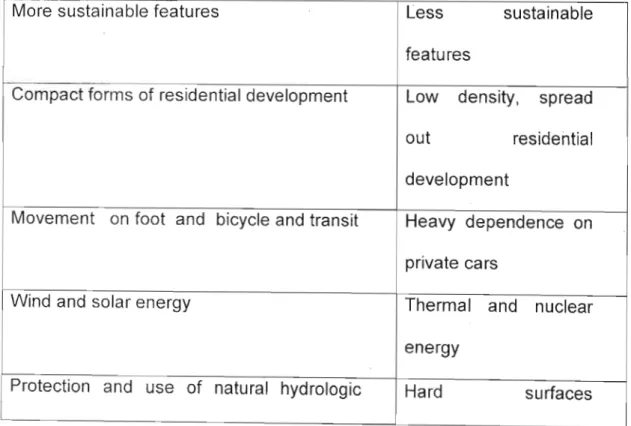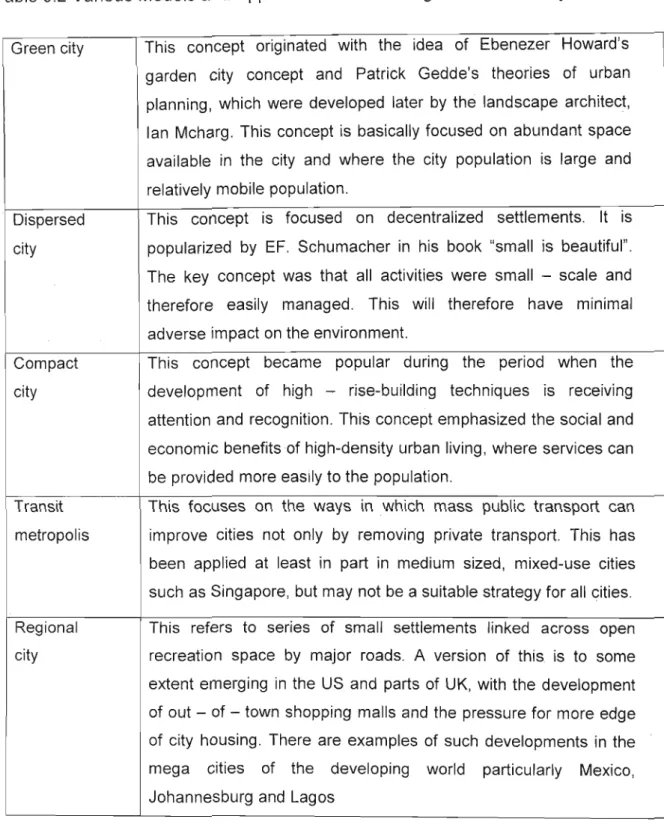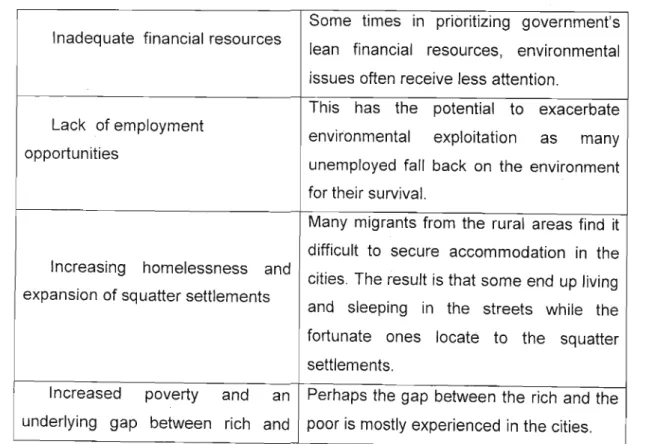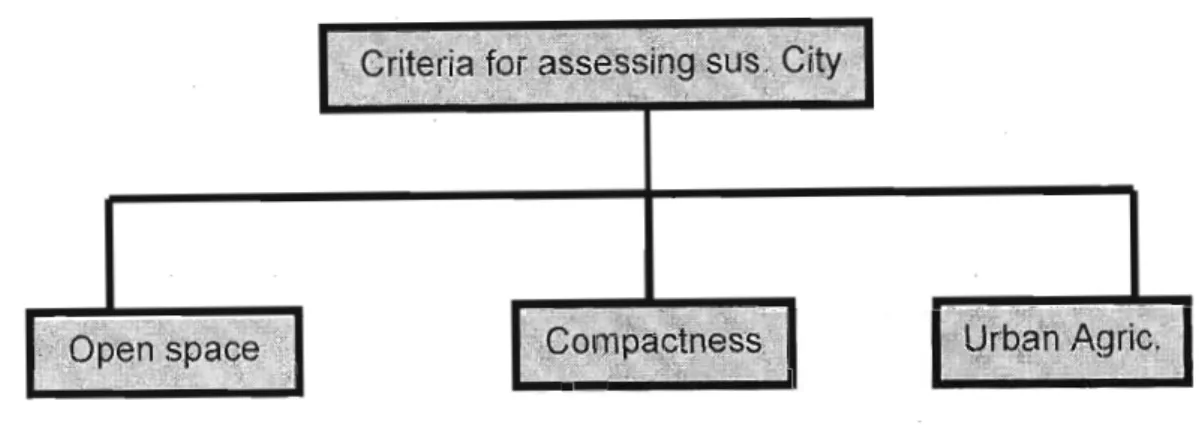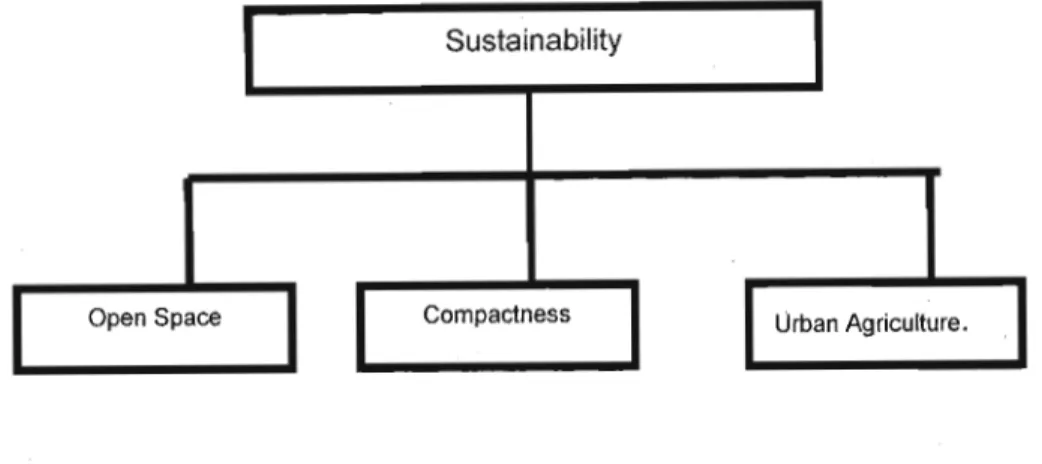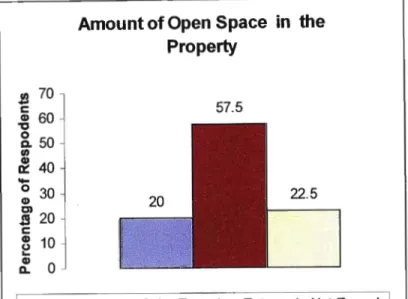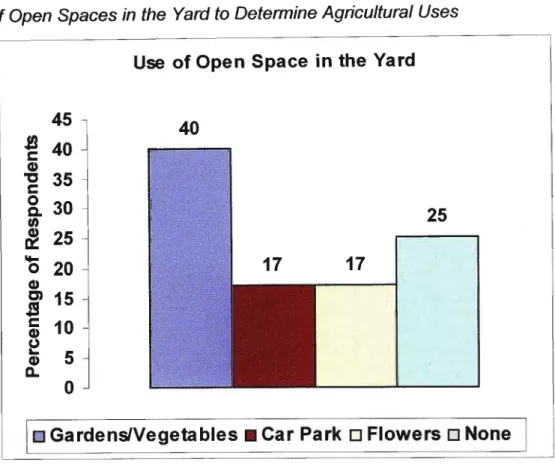The main purpose of this study is to evaluate the concept of the sustainable city in the context of L1H in Ambleton, a settlement built by the government to relocate people from illegal, informal settlements within the city, particularly those found adjacent to industrial areas. The study argues on this basis that the above scenario is not compatible with the concept of the sustainable city and therefore cannot contribute to the sustainability of the study area. Where the works of others have been used, it has been acknowledged in the text.
The context that created the need for the study is highlighted in the form of the problem statement. The implication of the above requires urgent and concerted efforts to address the problem of urban expansion in Africa. Uncoordinated and unmanaged process of urbanization poses a very serious threat to the whole concept of sustainable city in many developing countries of the world.
The Context of the Study
Apparently, efforts to achieve a sustainable city will invariably lead to better management of the natural environment. The concept of the sustainable city appears to have been implemented with some degree of success in the developed countries of the world (Hardoy and Satterthwaite 2001). The purpose of the study is to investigate current land use within the context of sustainable city criteria.
They were used as a benchmark to evaluate the sustainability of the L1H areas in the context of sustainable city. Furthermore, it formulated the purpose and objectives of the study as well as the conceptual framework that identifies the link between sustainable development and the concept of sustainable city. This chapter traces the historical emergence of sustainable development and how it is connected to or related to the concept of the sustainable city.
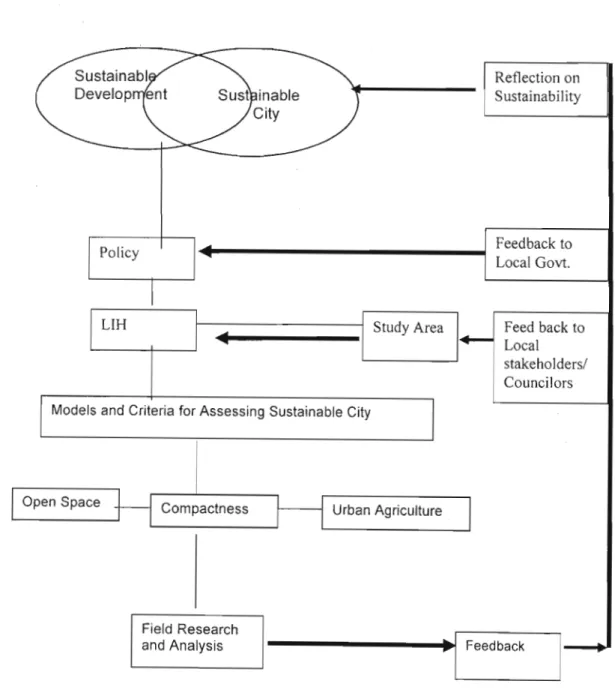
Sustainable Development: Historical Perspective
Wheeler and Bealtley (2004) argue that the history of sustainable development has a more direct association with the field of natural resource management. Both perceptions have played a role in recent discussions about sustainable development and have contributed to the philosophy that insists on human responsibility to care for and work to restore natural systems. For example, in theological discourses, sustainable development has also become a welcome phenomenon that needs to be discussed from theological perspective.
The Brundtland Commission report succeeded in drawing attention to the need for sustainable development and a common global agenda in that regard. The Rio Declaration on Environment and Development gave prominence to the classic and still fashionable term used to refer to the type of development that takes the environment seriously, sustainable development. For sustainable development to materialize, individuals, NGOs, religious organizations and governments must necessarily strive to work towards achieving a sustainable society.
Conceptualizing the City
Sustainable development is therefore a warning, reminding both individuals and governments that for development to continue, our planet's limited, fragile life-supporting resilient capacities must be preserved (ibid). Apparently, one of the ways to approach the above question is to consider the argument that cities are important to us because they essentially represent places, that is, specific places in space that provide an anchor and a meaning to , who we are as individuals and communities. 34; There is for almost everyone a deep attachment to and awareness of the places where we were born and grew up, where we live now, or where we have had particularly moving experiences".
Much of the discussion in this study will be concentrated on the thinking that views cities as both "fringe cities" and "primate cities" because many of the urban populations are between these forms of cities. He postulated the idea of interdependence of the different groups of the city and noted how such interdependence was a key element to the survival of human society in cities. Although one can infer from this concept of cities as a mechanism for human adaptation to the exclusion of other components of the environment as representing a very anthropocentric point of view, it nevertheless had an influence and contributed greatly to the subsequent thinking about different concepts about the meaning of sustainable city.
What is a Sustainable City
What is an Ecosystem?
The concept of dynamic balance between the components of the environment is referred to as environmental equilibrium (ibid). The speed, nature, and extent of the necessary adjustments will vary with the amount of imbalance introduced into the system. For a better understanding of the relationship between urban life and the urban environment in the context of the city as a living organism, urban areas should not be treated as homogeneous phenomena that combine all man-made factors into one variable (ibid).
The GAlA hypothesis, developed in 1972 by James Lovelock (Kemp 1998), will help us better understand the concept of a sustainable city as a living organism. These sets of theories posit that all organisms on earth regulate the biosphere for the benefit of the whole (Unity Commitment undated). Our perception of humanity's place and role in the larger picture of nature affects our response to the above concerns.
Conclusion
The last section of the chapter discusses some of the models and criteria for assessing a sustainable city. Some of the criteria that the study intends to use as a benchmark in the study area are open spaces, urban agriculture and compactness. There are examples of such developments in the megacities of the developing world, particularly Mexico, Johannesburg and Lagos.
Sometimes the children of the urban poor study in an environment that is unsafe and not conducive to learning. It has been recognized that the availability of open space is one of the criteria for assessing the sustainability of a city. Urban open spaces are important because of the valuable amenities they provide for city dwellers.
Urban open spaces are considered in terms of the social, environmental and economic benefits they provide. Some Government Reserved Areas (GRAs) in the form of open spaces are rapidly being converted to commercial use. It may not be applicable to existing mega cities in developing countries due to the lack of the above reasons.
The apparent inapplicability of the concept of compactness was expressed in the notion that South African cities were designed to marginalize (Special Development Framework 2004). Urban agriculture is primarily for own consumption, because most agricultural products are perishable. One of the options for them is therefore urban agriculture to survive.
South Africa, for example, is one of the most land-scarce countries on the continent.
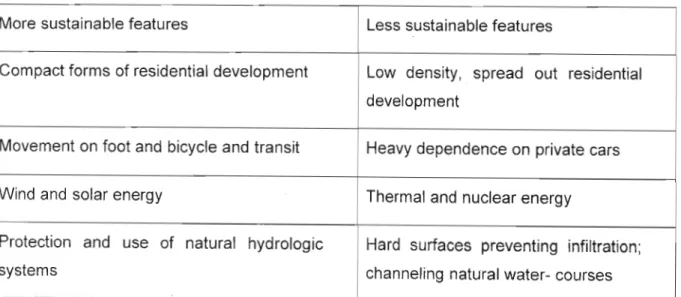
Conclusion
Due to this demolition exercise by the government, many families lost their home gardens and plots. A similar example was the recent demolition exercise undertaken by the government of Zimbabwe which affected not only urban agriculture but the entire formal and informal sector. Urban agriculture as a representation of self-sufficiency promotes food security, improves participants' health and quality of life.
It also discusses the methodology of the study: the research design, the methods of data collection and analysis, and the limitations of the study.
The Study Area
During the study, different models and criteria of the sustainable city were examined. The literature review was used in this regard to get to know the different opinions and views of different people on the topic being researched. To gain theoretical and basic knowledge of the study, the researcher reviewed the existing literature from journals, theses and dissertations.
Qualitative research, on the other hand, directs one to gain an understanding of the meaning of people's everyday life from their own perspective. It therefore provides the detailed descriptions of particular social settings under investigation and an explanation of the behavior that occurs in them (Chapman and Maclean 1990). Qualitative research provides good results because of the opportunity it gives researchers to interact to negotiate and involve the people being researched.
In order to determine an appropriate approach to make L1H sustainable in Ambleton, the researcher conducted fieldwork for an on-site observation and assessment of the housing and land use situation and data collection using the following key criteria and their methods of investigation .
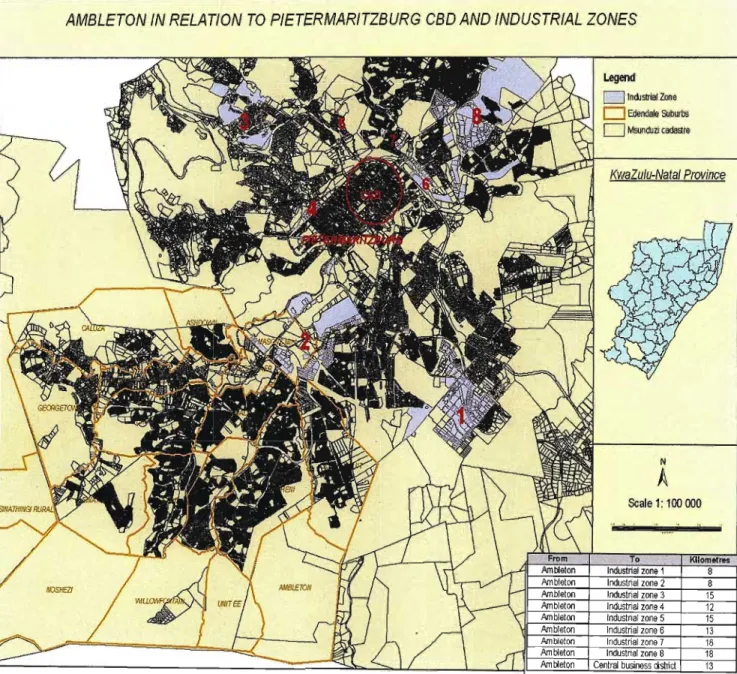
Methods of Data collection
This consideration was due to the fact that it clearly shows the true picture of the housing situation and the different land uses in the study area. Furthermore, the use of questionnaires ensured that relevant issues not covered by interpretation of the area map and personal observation were clarified.
Identification of Respondents
Data Analysis
Limitations
Conclusion
The main aim of this study is to evaluate the concept of the sustainable city in the context of LH in Ambleton. The availability of open space is one of the criteria for assessing the sustainability of a city. Using the open space as an evaluation criterion, a structured questionnaire was administered to the inhabitants of the settlement.
To determine the availability of open spaces, the study administered a number of questionnaires to residents of the area. The views of forty respondents (although considered a small but significant sample size) from different parts of the area were sought. Following are the findings of the survey on the various questions related to the issue of open space and land use.
However, 57.5% of people expressed dissatisfaction with the amount of space in their yard. On the other hand, 22.5% of respondents expressed extreme dissatisfaction with the availability of open space in their yard. However, many respondents representing 25% could not use the available open space in their yard.
For example, 55% of respondents indicate that they use public space for dumping. All respondents recognized the need for good management of public space, both by the government and the community. The study established criteria for assessing and evaluating the sustainability of the L1H at Ambleton.
A number of factors pose major challenges for the successful implementation of the concept of sustainable city in the study area. The majority of respondents are not satisfied with the amount of open space in their garden. Improving the sanitary condition of the surveyed area is very crucial for the achievement of the concept of sustainable city.
